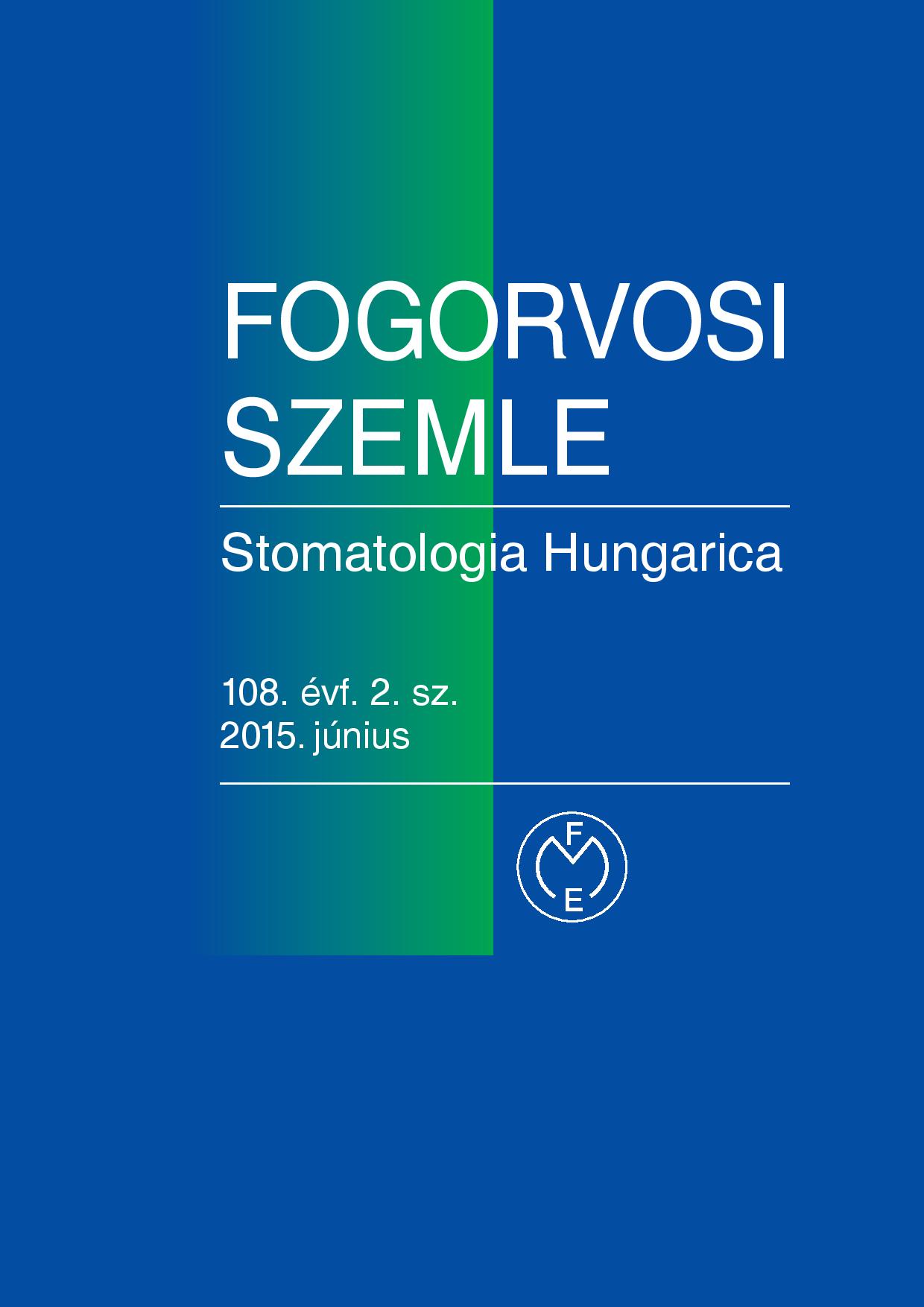Difficulties in differential diagnosis of dentin dysplasia
Abstract
In cases of periapical lesions of unknown origin we have to keep in mind the possibility of dentin dysplasia. From the differential
diagnostic point of view of differential diagnosis it is important to recognize this disease as it significantly influences
the treatment modality. It is an anomaly of unknown etiology that could affect both deciduous and permanent dentition.
Dentin dysplasia presentation varies clinically and radiologically. A rare manifestation which affects 1 : 100000 patients
is spontaneously occurring either as periapical abscess or odontogenic cyst. The affected teeth could become mobile
and eventually lost. Dentin dysplasia is a genetic disease which shows autosomal dominant inheritance and characterized
by abnormal formation of dentin structure which occurs during tooth development. For this article we have reviewed
available literature and PubMed database. Dentin dysplasia increases the risk of early tooth loss and associated with it
esthetic and functional disturbances. As a result it can influence the psychological and social status of the patients and
affect their quality of life.
Copyright (c) 2021 Authors

This work is licensed under a Creative Commons Attribution 4.0 International License.


.png)




1.png)



